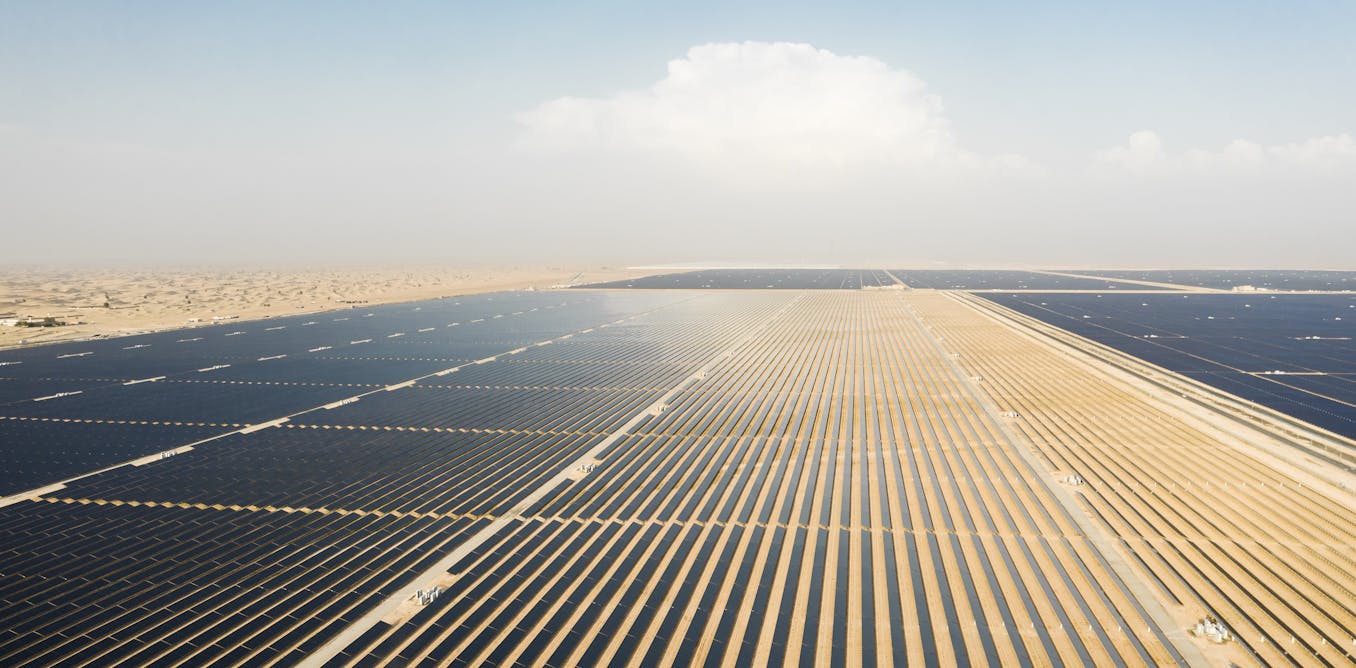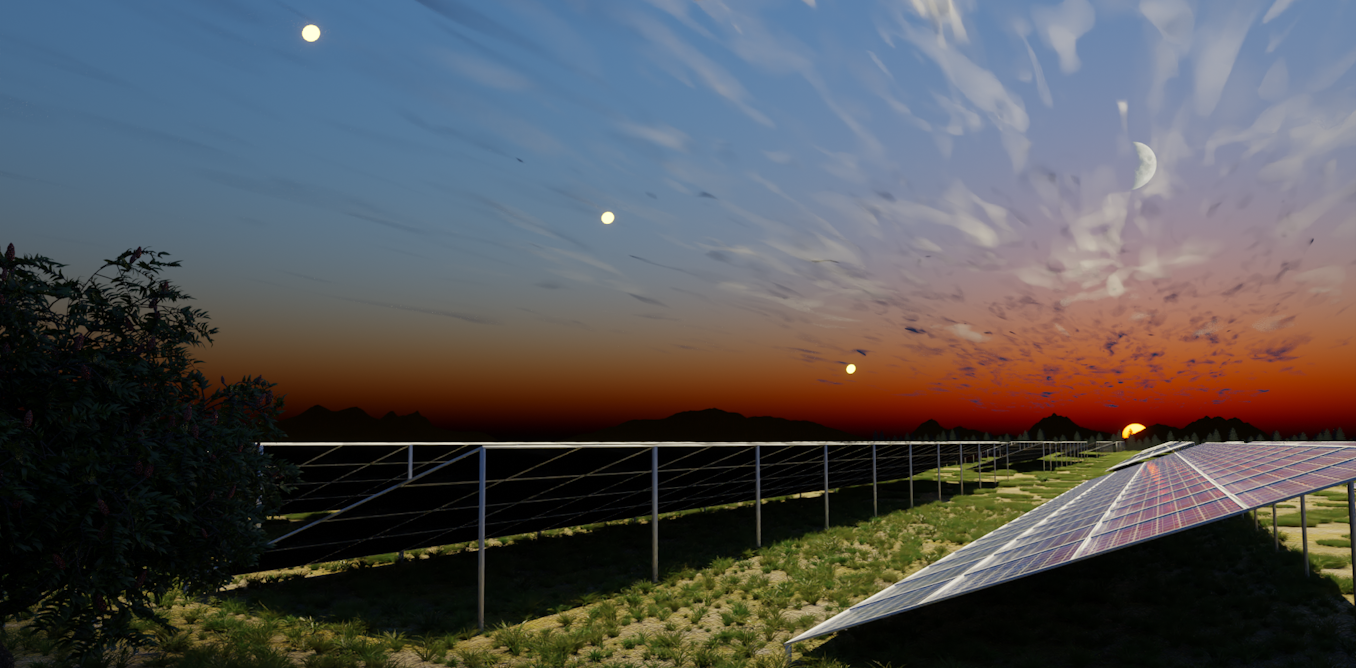Well some of the very first solar panels installed, 1980s ish, somewhere in California I think, all went well for a while and then the output began to drop. Maintenance went for a look and found streaks of bird poo were the problem. Not sure if self-cleaning glass had been invented then, and whether it works well without much rain anyway.
Chickens do wreck things - we keep chickens and the way they scratch and peck is pretty impressive.
Geese are worse; geese can gnaw through electric cabling - a neighbour also had geese and all the lights on his trailer stopped working because his geese had cut the cables.
Cows and horses can bend metal gates and shake electricity poles when scratching their rear ends, so you wouldn't want them in with solar panels, unless the panel was well above rear end height. I do see sheep in with them occasionally, but even sheep can wear away at road traffic sign poles when using them as a scratching post.
The down side of solar panels in green fields, is they are taking sunlight from the grass, which then will have less sugar in it and be less nutritious. I've been told that in conditions where there is too much sun, shading the grass a bit can help it grow, but that probably doesn't apply in the UK.....

 theconversation.com
theconversation.com



